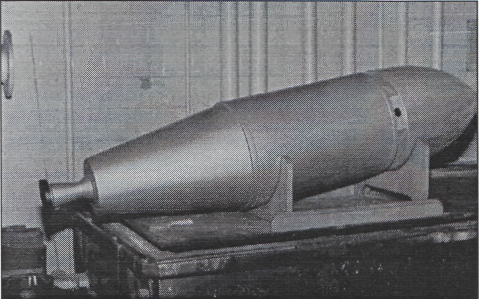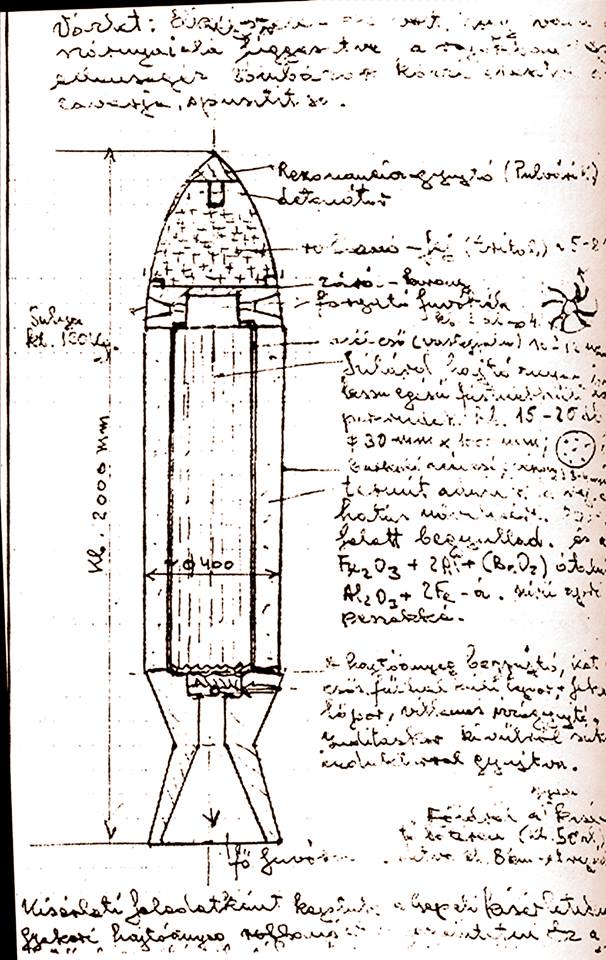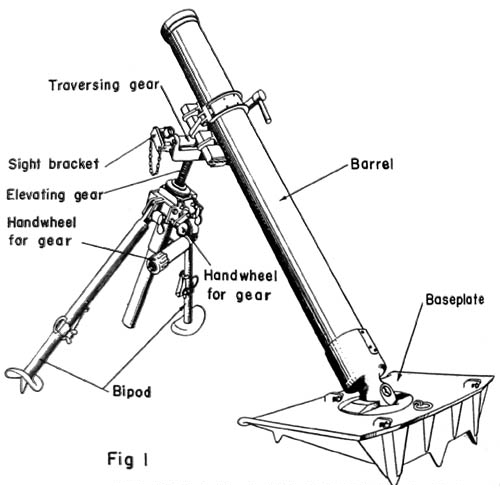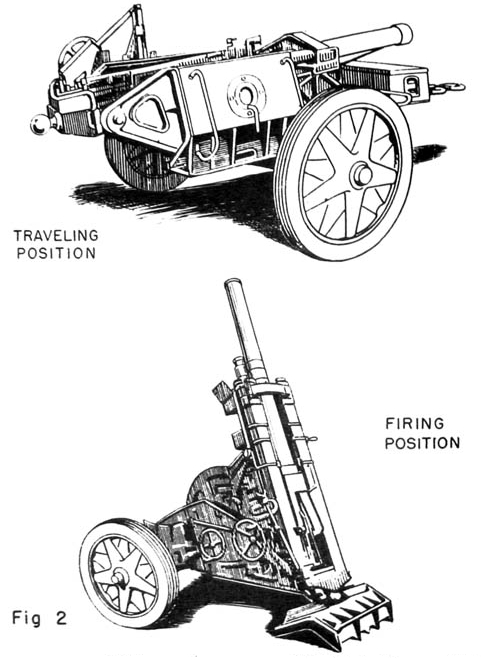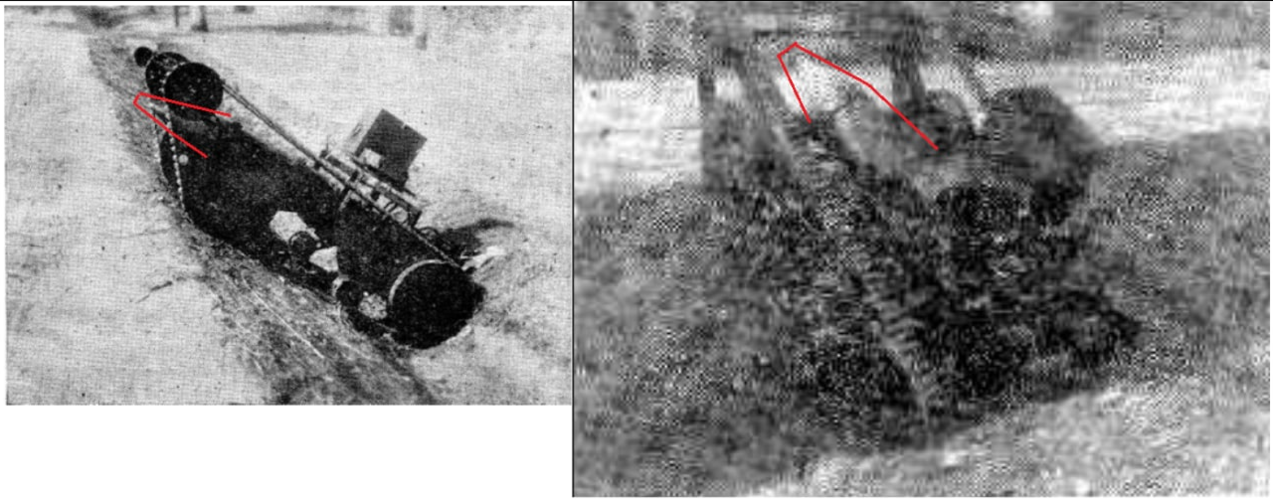Dilandu
I'm dissatisfied, which means, I exist.
In some sources, a Romanian remote-controlled demolition vehicle - supposedly, a version of Sd.Kfz 302/303 "Goliath" tracked mine - is mentioned. According to a few available data, though, this machine was much larger, about 2 tons, and supposedly radio-controlled. It was tested in 1944, apparently without much effect, and eventually dismantled.

What interested me is the square box on the top of the machine. It seems, that it have some kind of aperture in frontal part.
Could this be some kind of primitive TV camera, used to transmit the image of area in front of machine to the operator? I found only a few bits of data about the television technology in pre-war Romania, but it seems, that there were at least some experiments with image transmission:
(the only other available photo is of extremely poor quality, seemingly made at the same moment but from other point)

Of course, it may just be idle speculation. But thing is, that I see little reason for Romania to develop (in 1944!) their own tracked mine, if it was just a native variant of German's Brogward. If they wanted remote controlled demolition vehicle enough to spend resources, they could just order some from Germany (not that Goliath's or Brogward's were in short supply...) Moreover, by that time they already should knew, that remote-controlled tracked mines weren't as good & easy to use as initially thought.
But if Romanians wanted tracked mine with the ability to do something, that mass-produced German analogues could not - like to actually transmit image to operator, so he could see where to steer the machine - it then make perfect sense for them to try & develop their own.
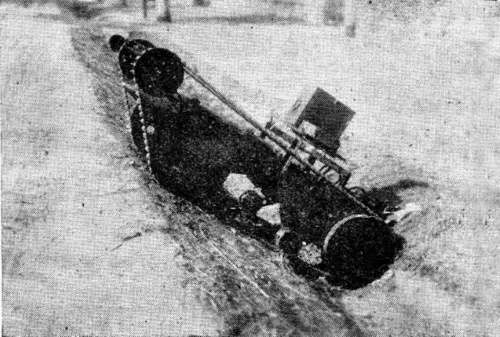
What interested me is the square box on the top of the machine. It seems, that it have some kind of aperture in frontal part.
Could this be some kind of primitive TV camera, used to transmit the image of area in front of machine to the operator? I found only a few bits of data about the television technology in pre-war Romania, but it seems, that there were at least some experiments with image transmission:
In November 1937, the Romanian Athenaeum of Bucharest presented within a demonstrative conference the first Romanian achievement in the field of television: an image – broadcaster made within the laboratory of the Faculty of Sciences in Bucharest. The presentation raised the interest of more than 2000 persons and consequently the experiment had to be repeated[2].
(the only other available photo is of extremely poor quality, seemingly made at the same moment but from other point)
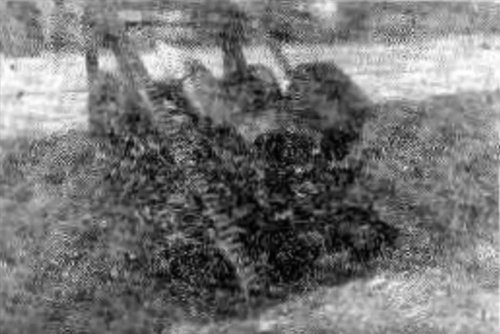
Of course, it may just be idle speculation. But thing is, that I see little reason for Romania to develop (in 1944!) their own tracked mine, if it was just a native variant of German's Brogward. If they wanted remote controlled demolition vehicle enough to spend resources, they could just order some from Germany (not that Goliath's or Brogward's were in short supply...) Moreover, by that time they already should knew, that remote-controlled tracked mines weren't as good & easy to use as initially thought.
But if Romanians wanted tracked mine with the ability to do something, that mass-produced German analogues could not - like to actually transmit image to operator, so he could see where to steer the machine - it then make perfect sense for them to try & develop their own.

